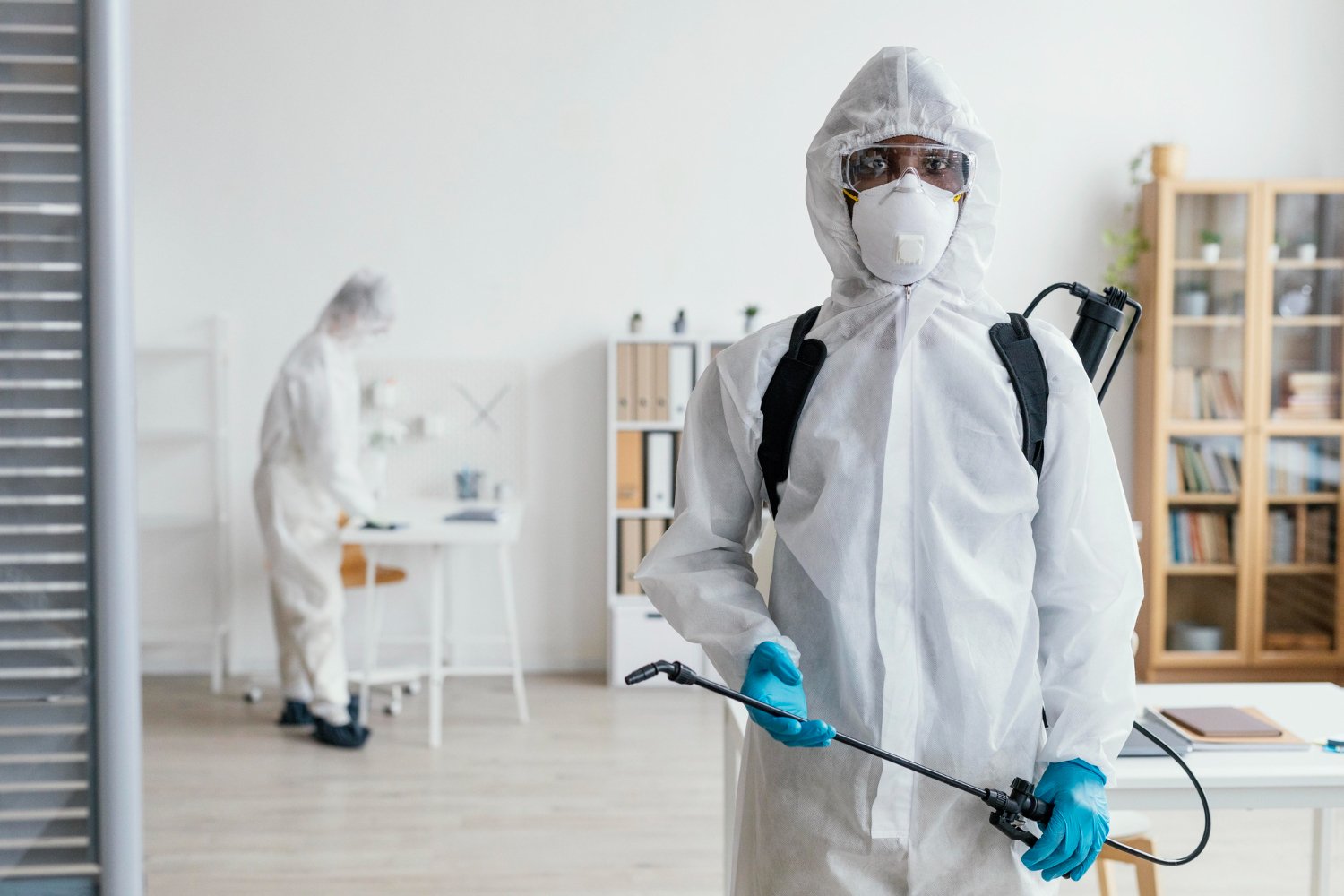Discovering Invasion and Treatment Approaches worldwide of Pest Control
The landscape of parasite control encompasses a myriad of difficulties, specifically as infestations of common family bugs continue to progress. By incorporating preventive measures with advanced administration techniques, such as Integrated Insect Management (IPM), house owners can much better protect their environments.

Usual Household Pests
When it concerns managing our home, recognizing usual household pests is crucial. These insects not only disrupt our comfort however can likewise present health and wellness threats and damages property. One of the most widespread house pests consist of ants, roaches, rats, termites, and bed pests.
Ants, usually seen foraging in cooking areas, can infect food and develop big nests. Cockroaches, known for their resilience, can trigger allergic reactions and spread virus. Rats, including mice and rats, can cause architectural damages and bring diseases like hantavirus and salmonella. Termites, frequently referred to as "quiet destroyers," can endanger the stability of wooden frameworks, bring about expensive repair work. Bed bugs, although not disease service providers, can trigger significant pain via their bites and lead to emotional distress.
Identifying the indications of these pests, such as droppings, nests, or attack marks, is important for very early treatment (Pest Control Lockhart). Proper cleanliness practices, securing entry points, and keeping a clutter-free atmosphere are reliable preventative procedures. By identifying these typical household bugs and understanding their actions, property owners can take aggressive steps to minimize invasions, making certain a healthier living setting
Understanding Bug Infestations
Pest invasions can intensify swiftly, transforming a small annoyance into a significant issue if not attended to immediately. Usual variables adding to problems consist of inadequate hygiene, architectural susceptabilities, and seasonal adjustments that drive pests indoors.
Identifying the kind of pest is important, as different species exhibit varied actions and reproductive prices. For circumstances, rats might establish nests in covert areas while insects like cockroaches thrive in damp settings. Early detection often pivots on identifying indications such as droppings, chomp marks, or unusual sounds, which can show a trouble before it becomes severe.
Cozy, damp environments can help with the quick growth of bug populaces, while modifications in landscape design or construction can unintentionally create favorable settings. An informed method to recognizing these dynamics lays the groundwork for reliable pest administration methods in the future.
Treatment Techniques and Methods
Reliable treatment techniques and strategies are important for alleviating pest infestations and bring back a secure setting. A multifaceted method is commonly best, including chemical, organic, and mechanical strategies tailored to the particular pest and the extent of the problem.
Chemical treatments include using insecticides click to read more and herbicides, which can efficiently get rid of bugs. Nevertheless, correct application and adherence to safety and security standards are crucial to minimize risks to humans and non-target organisms. Integrated Parasite Monitoring (IPM) urges the sensible use chemicals as a last option, depending instead on monitoring and limit degrees to figure out treatment requirements.
Biological control approaches include introducing all-natural predators or parasites to lower bug populations. This approach is significantly prominent, particularly in farming settings, as it advertises environmental sustainability.
Mechanical methods, such as catches and barriers, provide instant remedy for parasites without introducing chemicals. Alternatives include sticky catches for bugs or physical obstacles for rats.
Ultimately, the choice of therapy method need to think about the particular parasite, the atmosphere, and possible effect on human health and ecological communities. A balanced mix of these methods can efficiently take care of infestations while advertising long-term bug control solutions.
Safety Nets for Residence
Proactively dealing with bug issues prior to they escalate is essential for maintaining a healthy and balanced home environment (Pest Control Lockhart). Carrying out effective precautionary actions can considerably lower the likelihood of problems, inevitably protecting both your residential or commercial property and health

Appropriate landscaping also plays a vital duty in avoidance. Maintaining bushes and trees trimmed away from your home decreases the possibilities of insects finding their way indoors. Guarantee that drainage systems are functioning efficiently to prevent standing water, which can draw in insects and various other bugs.
Last but not least, regular assessments are advisable. On a regular basis looking for indications of parasite activity enables for early intervention. By embracing these precautionary actions, homeowners can develop an atmosphere that is less friendly to bugs, thus boosting their general lifestyle and lowering the requirement for extensive parasite control interventions.
Business Bug Control Strategies
A thorough method to business insect control is essential for organizations aiming to keep a safe and sanitary environment. Reliable strategies entail a combination of routine inspections, worker training, and the implementation of Integrated Insect Monitoring (IPM) practices.
Normal inspections allow very early detection of bug activity, permitting prompt intervention. Services should establish a regular schedule for these evaluations, concentrating on risky areas such as kitchen areas, storage space areas, and waste disposal sites. Staff member training Continue is equally important; team needs to be educated on the indications of bug problems and the importance of reporting them right away.
Applying IPM practices helps reduce parasite issues sustainably. This includes habitat adjustment, such as securing entrance factors and lowering mess, as well as employing natural deterrents before turning to chemical treatments.

Additionally, More hints teaming up with a qualified parasite control service provider guarantees access to professional understanding and sophisticated therapy choices. This collaboration can cause personalized bug control prepares tailored to the particular requirements of business, minimizing risks and enhancing total efficiency. Inevitably, a positive and educated method fosters a pest-free setting, guarding both public health and wellness and service credibility.
Conclusion
Finally, reliable bug control requires an extensive understanding of common house bugs and their behaviors, coupled with targeted therapy techniques. Implementing safety nets together with treatment approaches such as Integrated Bug Management and organic control improves the ability to minimize invasions. Regular examinations and a combination of chemical and mechanical solutions better contribute to maintaining pest-free atmospheres. Ultimately, an all-around approach to pest monitoring is vital for safeguarding living rooms from unwanted burglars.